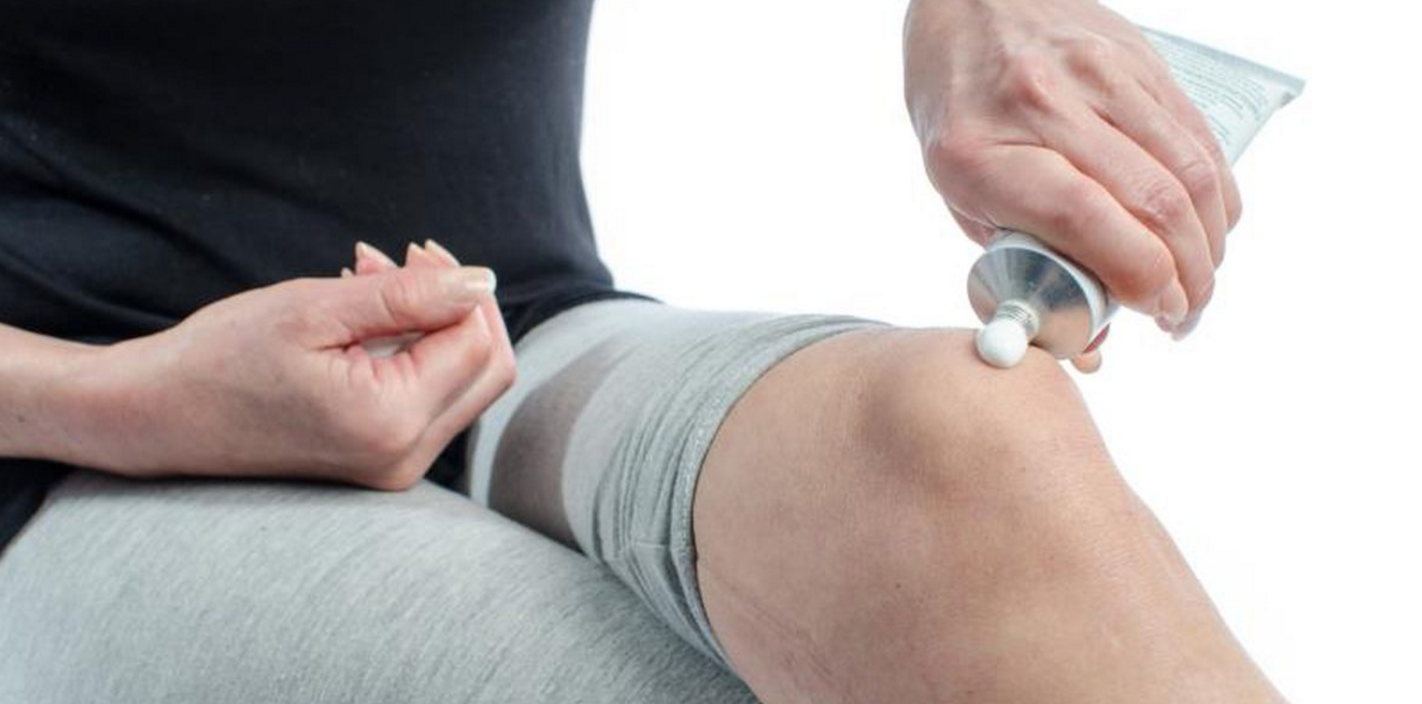Keloids, also known as the keloid scars, are harmless benign fibrous tissues that are formed right on the scar or an injury. The worst thing that a person with keloids goes through is the hardness of the raised skin, which restricts certain movements of the body. Even if you put your entire pressure in turning or twisting your body in the direction you wish to, the hard keloid does not let you do it. This is what makes most of the people irritated of this problem.
There are ways to treat keloids. Here are some of the most common treatments:
- If the inflammation is quite bad, corticosteroid injections are given to the person with keloids. Such injections ensure the reduction of inflammation.
- There are a few moisturizing oils that are especially designed to bring down the itchy sensation of keloid scars. Thanks to such oils, you feel better and the itchiness, to a certain extent, is reduced.
- Silicone gel pads are available in local pharmacist stores and even e-stores; if you want to take care of your injury in the correct manner, use such gel pads and the pressure is said to settle the raised skin caused by keloids.
- A few people take the help of radiation to kick the larger size of a keloid. Radiation proves to be helpful in shrinking keloids.
- There are a few doctors that freeze the tissue to kill the cells of the skin. If you have keloids on severe levels and if the inflammation is unbearable, visit a professional and good doctor who knows such a treatment for keloids. If the doctor is experienced and has been treating people with keloids, he would help you in freezing the tissues.
- Since the scar tissue is raised or appears to be swollen laser treatments are also used to bring the skin back to its normal size. You can always talk to a doctor about such treatments and get one done for your keloid problem.
No matter what kind of a treatment you wish to go for to get rid of your keloid scar problem, the best thing to do is visit a good doctor who has helped several individuals with similar problems in the past. Different individuals have been treated in different ways; a doctor can help you know which treatment would suit your keloids the most.
DISCLAIMER: The medical information on this site is provided as an information resource only, and is not to be used or relied on for any diagnostic or treatment purposes. This information is not intended to be patient education, does not create any patient-physician relationship, and should not be used as a substitute for professional diagnosis and treatment.

